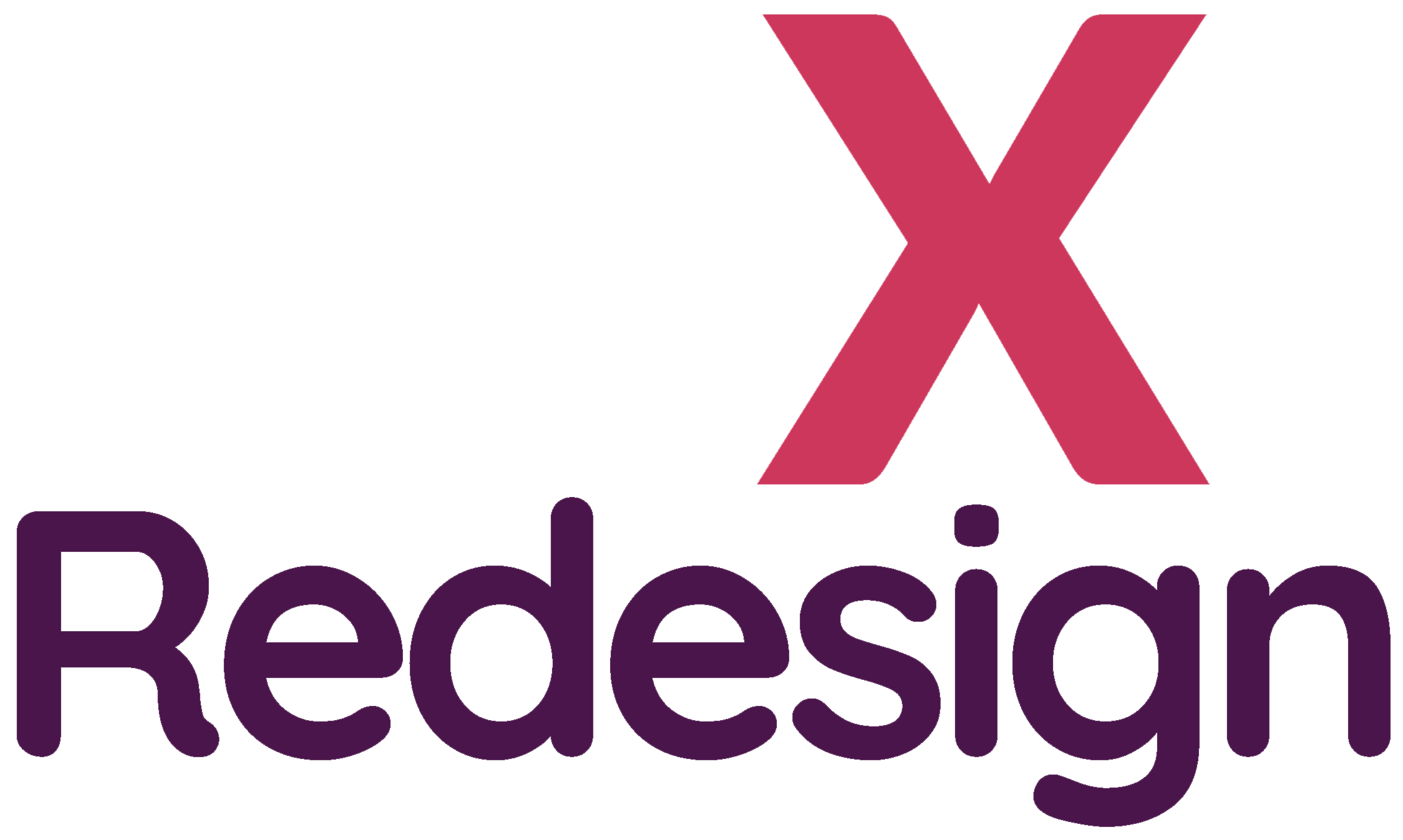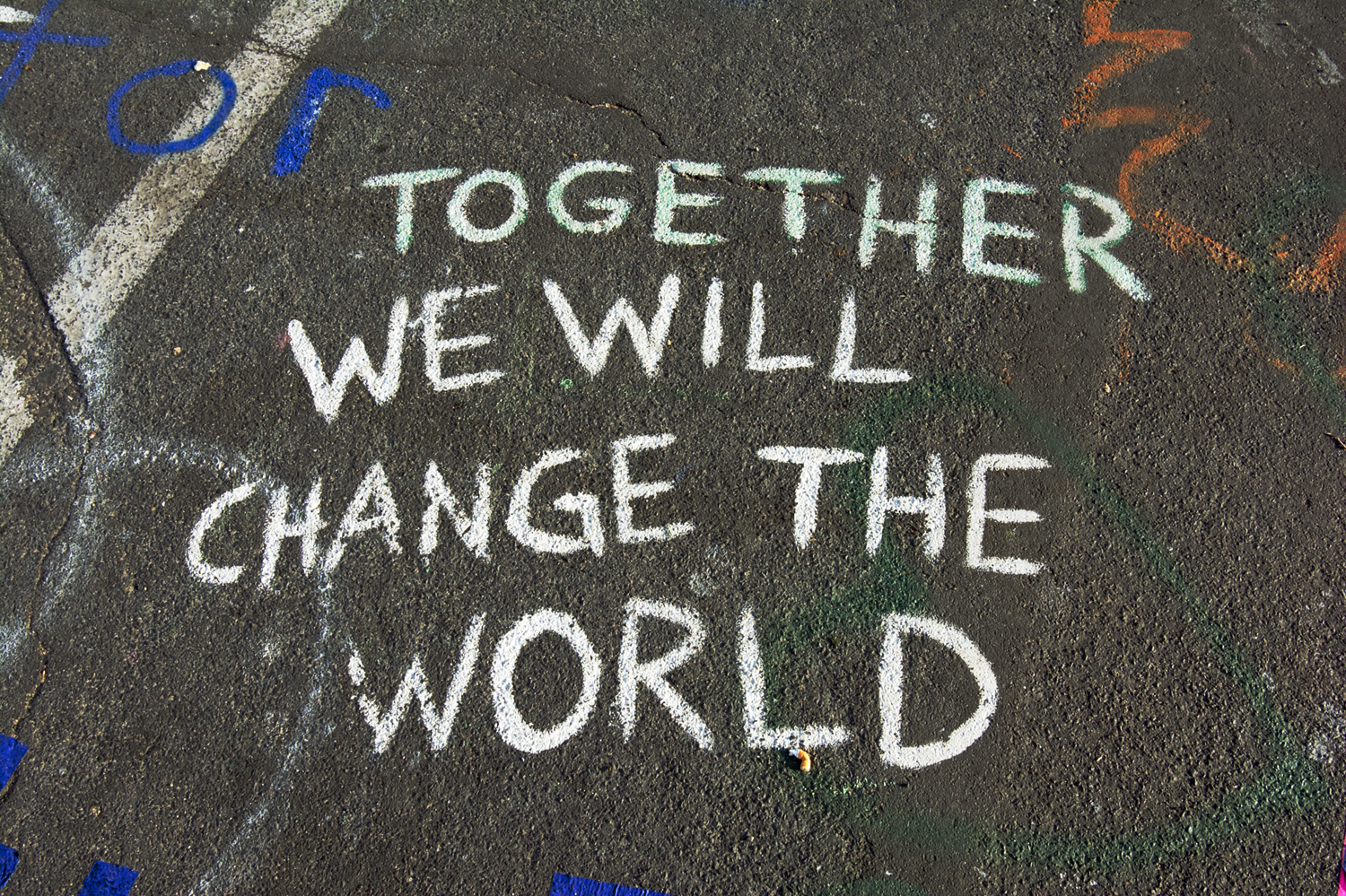The World Health Organisation has determined that globally there are at least 2.2 billion people who have a visual impairment or blindness. They estimate that at least 1 billion visual impairments could have been prevented.
From UK-related data analysed by the Royal National Institute of Blind People (RNIB), it’s a stark reality that just one in four registered blind or partially sighted people of working age are currently in employment; and just around one in 10 people with poor functional vision are currently in paid employment. Concerningly, we’ve arrived at this position after a decade of rapid worsening – and the worsening must stop.
Also from the RNIB’s analysis, it’s been determined that people who are registered blind or with visual impairments, who have a degree or higher, only have the same chance of securing employment as someone with no qualifications in the general public. Working age citizens who hold no qualifications are six times more likely to be employed and the disability employment gap for registered blind and partially sighted people is around double that for people with other disabilities – and this gap is widening.
Not only does unemployment significantly limit the life chances and opportunities a citizen can access, but the impact of unemployment on mental health and wellbeing is widely reported. It’s significant; and hugely concerning.
The core of the problem is perception, and an insufficient willingness across society to do some things differently.
So, what are the young people at St. Vincent’s School doing about this?
Addressing the challenge for the future starts, in part, with education – and changing how we educate also has the potential to begin to address the challenge, today.
St. Vincent’s School is a global centre of excellence for teaching, learning, research and innovation. The school takes a broad approach to developing visually impaired young people. They provide young people with a first-class education which supports them to achieve qualifications; but they also go much further. They link with other schools, businesses and community partners to support their young people to develop skills that will best equip them to deal with life. Through this approach, they’re also developing greater societal awareness through reverse inclusion. And, because of how they structure what they do, they’re tackling some of the world’s greatest challenges – head on.
They’ve aligned a large part of their enrichment programme with the United Nations (UN) Sustainable Development Goals (SDGs). This is transformational – not just for the young people at the school, but also for the world. Through these enrichment activities, young people are learning valuable skills, demonstrating the impact they can make, preparing themselves for employment, and making the world a better place.
Why the Sustainable Development Goals?
The UN rightly consider their SDGs as “the blueprint to achieve a better and more sustainable future for all.” The SDGs provide us with a structure and focus to address the global challenges we face; including poverty, inequality, climate change, environmental degradation, peace and justice.
St. Vincent’s is tacking the following SDGs through their impactful projects:
- Goal 3: Good Health and Well-being
- Goal 4: Quality Education
- Goal 5: Gender Equality
- Goal 8: Create Job Opportunities for Youth
- Goal 12: Responsible Consumption and Production
- Goal 13: Climate Action
- Goal 17: Partnerships
That’s quite some list! You can read more about the projects on the school’s website; and the full list of SDGs can be seen at the bottom of this page.
How can you help?
As projects develop, there are a wide range of opportunities to engage to ensure society benefits from the vast unrealised opportunity to develop much closer collaboration. We need businesses, community groups and academia to be ready to work with St. Vincent’s to not only help change the outcomes for young people with visual impairments; but to also make the most of the opportunity to build stronger communities, and to change all our futures for the better. Their work should inspire all schools to consider their approach to enrichment.
There are a whole range of impactful projects you can browse on the school’s website. A couple of recent relevant projects to look at are:
- Journey for Peace
This project is aimed at supporting 2020 Visually Impaired (VI) children and young people into employment by 2030. Starting in Liverpool, this project aims at bringing people together via their school communities of learning through five simple steps adaptable to the school community your pupils learn within, but with the common goal of supporting and investing in VI young people around the world. Later this academic year, the school will be connecting seven different counties in an online musical performance to showcase the widespread impact.
- SightBox
Sightbox was created by visually impaired children from the school who were extremely concerned with the lack of access to equipment and technology for visually impaired children and individuals living in third-world countries. Working with the Rotary (District 1180 and beyond), St. Vincent’s School worked to fund and create the Sightbox to be assembled and shipped to children who were visually impaired, like them. A Sightbox is a container filled with equipment which provides blind and visually impaired children with the technology needed to access sports and have a more independent lifestyle. The Sightbox has now reached large parts of Asia and Africa and is changing lives.
But they’re not stopping here…
Not content with the SDGs already being tackled; the young people are beginning to think about how they can help global society to ‘Reclaim the Green’ and tackle the devastating impact carbon is having on our world.
The goal is to become an innovation catalyst, and develop the first steps to practical and sustainable actions we could each take to reduce carbon, and create employment opportunities.
There’s much more to come.
We’re delighted that we’ll be supporting the school to globally connect, and increase their impact (their ‘X’), by supporting the further development of how transformational digital technologies are used. Improved and equitable use of technology around the world is, in itself, key to achieving these global goals.
Note: The content of this publication/article has not been approved by the United Nations and does not reflect the views of the United Nations or its officials or Member States. For further information, please visit the UN’s Sustainable Development pages of their website.




